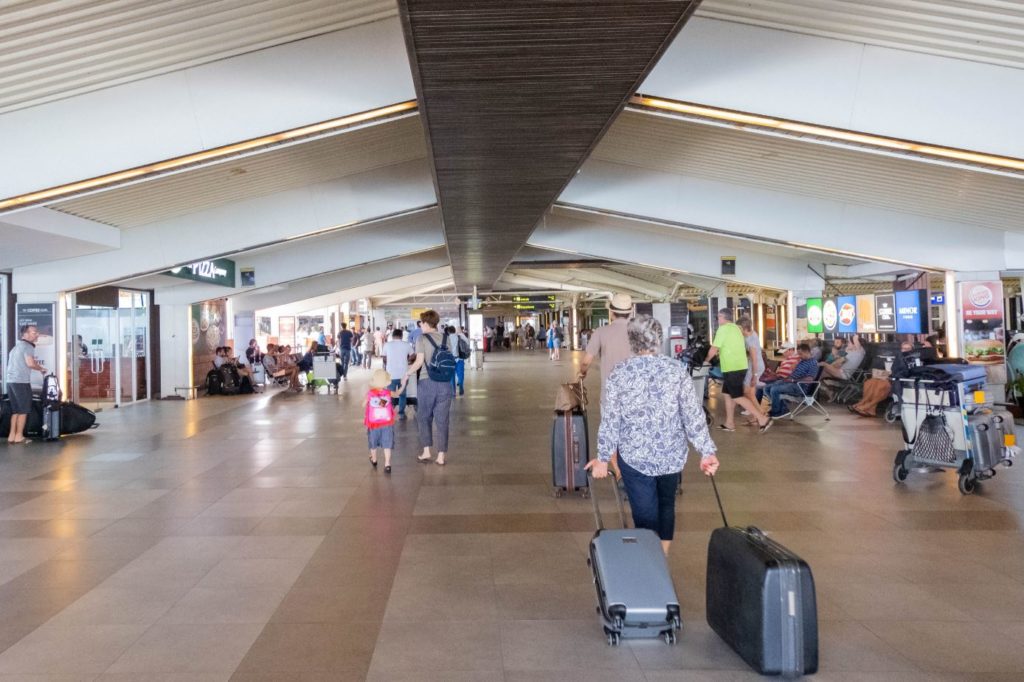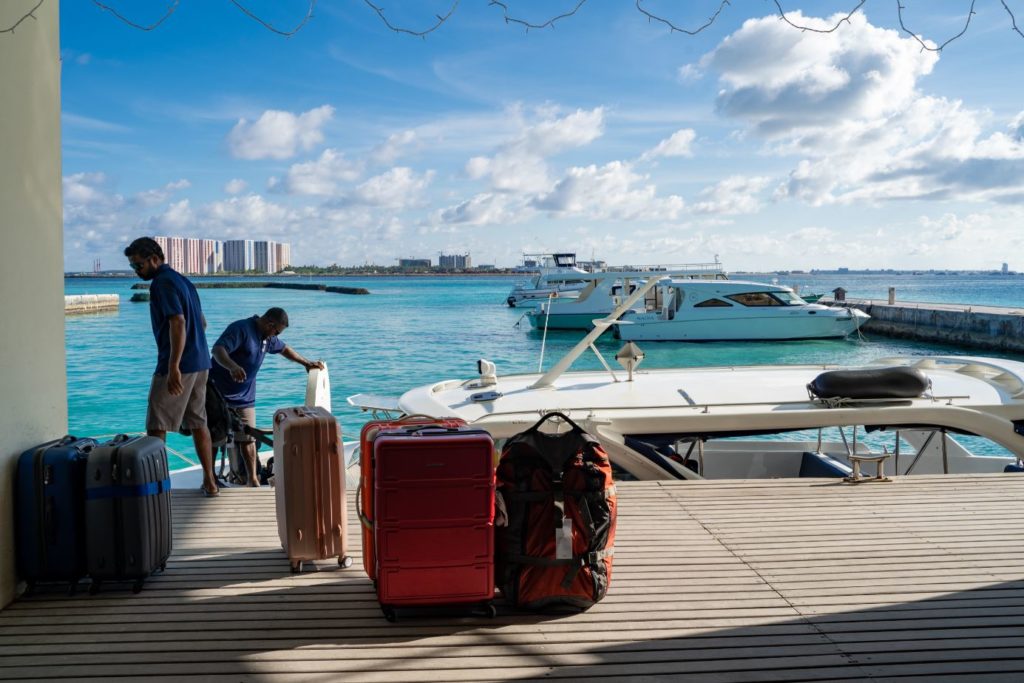
International Tourist Arrivals Increase by 4%
This year International tourist arrivals grew by a further 4% between January and September, as indicated by the UNWTO World Tourism Barometer. Tourism’s growth continues to outpace global economic growth, bearing witness to its huge potential to deliver development opportunities worldwide but also its sustainability challenges.
Destinations worldwide received 1.1 billion international tourist arrivals in the first nine months of 2019 (which is an increase of 43 million compared to the same period of 2018), according to the latest World Tourism Barometer from the World Tourism Organization (UNWTO), in line with its forecast of 3-4% growth for this year.
The global economic slowdown, rising trade, geopolitical tensions and prolonged uncertainty around Brexit weighed on international tourism, which experienced a more moderate pace of growth during the summer peak season (July-September) in the Northern Hemisphere.
“As world leaders meet at the UN Climate Summit in Madrid to find concrete solutions to the climate emergency, the release of this latest World Tourism Barometer shows the growing power of tourism, a sector with the potential to drive the sustainability agenda forward. As tourist numbers continue to rise, the opportunities tourism can bring also rise, as do our sector’s responsibilities to people and planet.” Commented UNWTO Secretary-General, Zurab Pololikashvili.
Tourism is now the world’s third largest export category.
Generating USD 1.7 trillion in revenues as of 2018, international tourism remains the third largest export category behind fuels (USD 2.4 trillion) and chemicals (USD 2.2 trillion). Within advanced economies, tourism’s remarkable performance after years of sustained growth has narrowed the gap with automotive product exports.
International tourism accounts for 29% of the world’s services exports and 7% of overall exports. In some regions these proportions exceed the world average, especially the Middle East and Africa where tourism represents over 50% of services exports and about 9% of exports overall.
This highlights the importance of mainstreaming tourism in national export policies to broaden revenue streams, reduce trade deficits and ensure sustainable development long term. The world’s top ten earners saw mixed results in international tourism receipts through September 2019, with Australia (+9%), Japan (+8%) and Italy (+7%) posting the highest growth, while China, the United Kingdom and the United States recorded declines. Mediterranean destinations were among the strongest performers in terms of earnings, both in Europe and the Middle East and North Africa region.
Growth in arrivals during the first nine months of 2019 was led by the Middle East (+9%), followed by Asia and the Pacific and Africa (both +5%), Europe (+3%) and the Americas (+2%). Europe’s pace of growth slowed down to 3% in January-September this year, from double that rate last year, reflecting slower demand during the peak summer season in the world’s most visited region. While destinations in Southern Mediterranean (+5%) and Central Eastern Europe (+4%) led results, the regional average was weighed down by Northern and Western Europe (both +1%).
Also slower than last year, although still above the global average, growth in Asia and the Pacific (+5%) was led by South Asia (+8%), followed by South-East (+6%) and North-East Asia (+5%), while Oceania showed a 2% increase. Data so far available for Africa (+5%) confirms continued robust results in North Africa (+10%) after two years of double-digit figures, while arrivals in Sub-Saharan Africa grew 1%.
The 2% increase in the Americas reflects a mixed regional picture. While many island destinations in the Caribbean (+8%) consolidate their recovery after the 2017 hurricanes, arrivals in South America were down 3% partly due to a decline in Argentinian outbound travel, which affected neighboring destinations. Both North America and Central America grew 2%.
Source Markets indicate mixed results among top spenders.
The United States (+6%) led growth in international tourism expenditure in absolute terms, supported by a strong dollar. India and some European markets also performed strongly, though global growth was more uneven than a year earlier.
France (+10%) reported the strongest increase among the world’s top ten outbound markets, reflecting surging demand for international travel for the second consecutive year. Spain (+10%), Italy (+9%) and the Netherlands (+7%) also posted robust growth, followed by the United Kingdom (+3%) and Russia (+2%).
Some large emerging markets including Brazil, Saudi Arabia and Argentina reported declines in tourism spending during this period, reflecting recent and ongoing economic uncertainty. China, the world’s top source market saw outbound trips increased by 14% in the first half of 2019, though expenditure fell 4% compared to the same period last year.
Tourist arrivals to the Maldives grew by 15% in the first quarter of 2019 and later through May and June arrivals decreased but still performed well compared to the previous year, recording growths of 10.9% and 21% respectively. The Maldives Ministry of Tourism reported at the end of October an increase of 15.4% over 2018. European arrivals alone to the country increased by a total of 14.9%.
Growth in the European market, the dominating market region contributing to more than half of tourist arrivals to the Maldives, accelerated by a total of 14.9% compared to 2018. The UK, which is the single biggest European source market reported an increase of 9.6% whilst several other major European markets such as Germany, Italy and France also posted gains of 7.7%, 7.5%, 3.5% respectively as per the Maldives Tourism Performance reported by The Maldives Ministry of Tourism.
Over the past few years, dozens of uninhabited islands have been leased to local and foreign resort developers. Several international brands have entered into the market, increasing the number of resorts to more than 150. That number is also set to increase as another 20 resorts are expected to open over the next two years. Additional flights to the country combined with the array of newly opened luxury resorts has stimulated the influx of travellers to the popular tropical destination. The increase of arrivals this year remarkably reached the 1.5 Millionth arrival target in November 2019.









